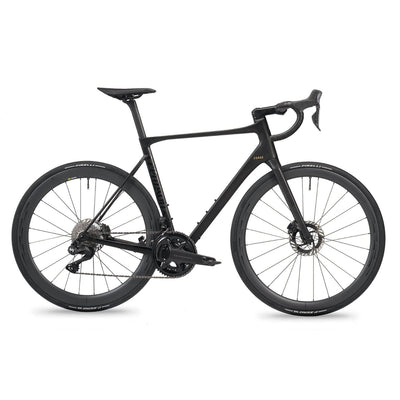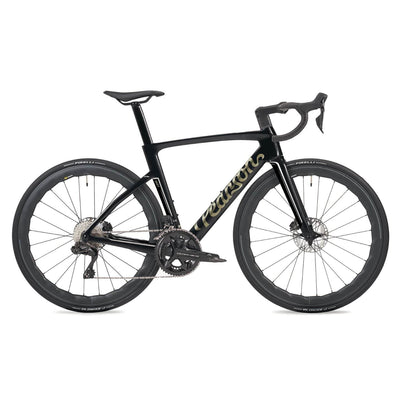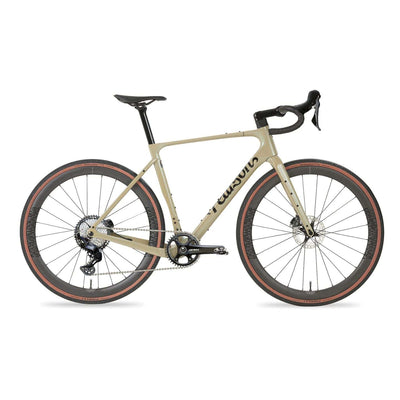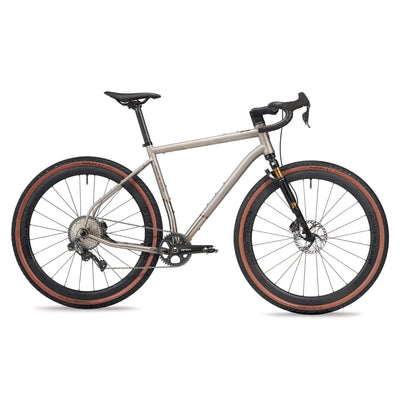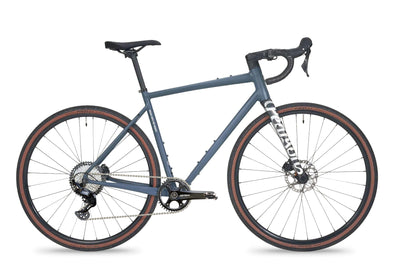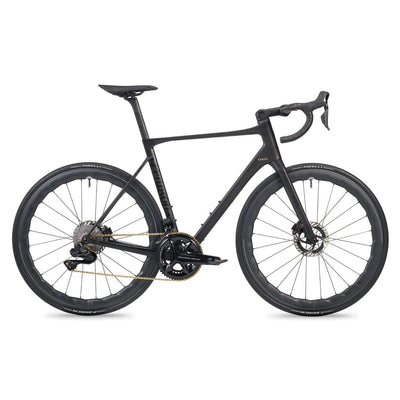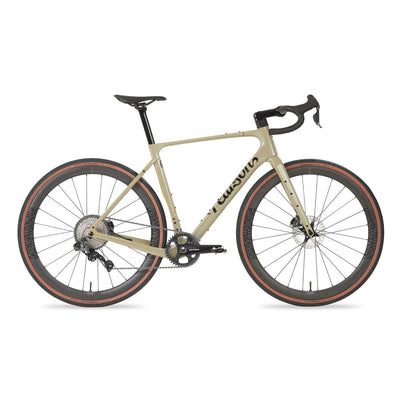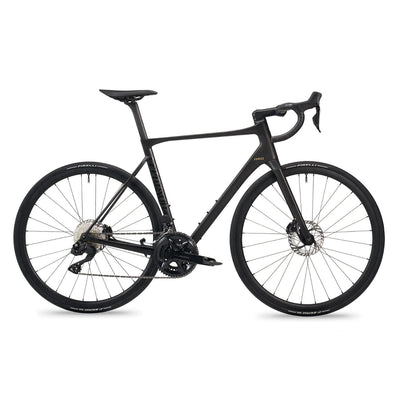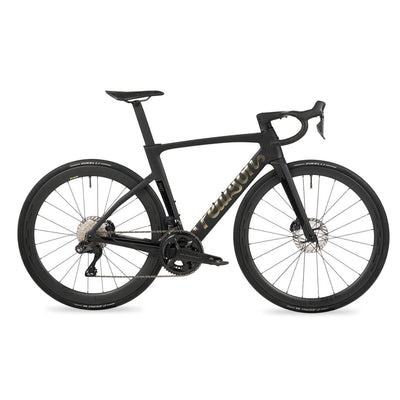How to look after a waterproof cycling jacket
Sooner or later you’ll be riding in the rain and realise that you need a good waterproof cycling jacket to keep you dry. Once you are a proud owner, you will need to maintain its effectiveness and extend its useful life. Here is a guide to help you care for your trusty outer shell.

The Bryter Layter jacket has all the features you need, including a high collar and dropped tail to help keep out the wet. It’s windproof too.
But wet riding inevitably means you’ll get road spray and surface dirt sprayed up at you as you ride. Take to back roads or head off-road and that’s going to be amplified. It doesn’t take long for your waterproof cycling jacket to get pretty dirty, which means it’ll need a wash. That’s not just for cosmetic reasons, it’s also important to keep your cycling jacket clean so that it works effectively.
He are some guidelines to highlight how to wash waterproof cycling jackets.
Keep breathing
Cycling is hot work and you’ll quickly build up a sweat. Riding in a waterproof jacket can make that worse, as any waterproof jacket will reduce airflow over your body. Time was, you had to put up with the boil-in-a-bag effect of riding in a cycling waterproof.
But modern cycling waterproof jackets are usually made of breathable fabrics. These have a PTFE membrane (the same compound as used in non-stick cookware, but stretched out really thinly) sandwiched between fabric layers. The membrane has millions of tiny pores in it which let water vapour escape from your evaporating sweat, but keep out the larger droplets of liquid water falling on the outside of the jacket.

That helps keep you less sweaty, drier and more comfortable inside. But dirt and damp on the outside surface of a jacket and residues from sweat on the inside will reduce the breathability of your jacket and stop the breathable membrane from working effectively. The outer surface will become prone to wetting out as well, which means that water vapour can’t escape as readily. Regular cleaning will get it working again.
Waterproofness is usually measured by a fabric’s hydrostatic head. That’s the height of a column of water that the fabric can cope with before it starts to let water through. For our Bryter Layter waterproof cycling jacket, the hydrostatic head is 20,000mm of water. That’s as good as or better than most waterproof jackets and enough to keep you dry in a proper downpour, especially with the jacket’s taped seams to stop water finding its way in through the stitching.
What to use to clean your jacket
Let’s start out with what not to do.
Don’t use standard laundry products to clean your waterproof gear. Persil, Ariel and the likes contain wetting agents, enzymes, perfumes and other additives. They’re great to clean your everyday clothing, but leave residues on a technical waterproof, which means that it will wet out a lot more quickly in the rain.
It’s very important to use a specialist washing product for outdoor gear, as these are formulated to be less harsh on technical gear and clean your kit without leaving residues, so that it is less prone to wetting out and continues to function effectively.
Key products to look out for are Nikwax Tech Wash and Grangers Performance Wash. Other specialist outdoor care brands like Fibertec and Toko have equivalent washing liquids. Most tell you only to wash one or two garments at a time. But that’s probably not an issue - how many waterproof cycling jackets do you own? They’re a lot more expensive than household detergents and won’t leave your jacket smelling of roses, but specialist washing products will keep it working a lot better.
Read the label
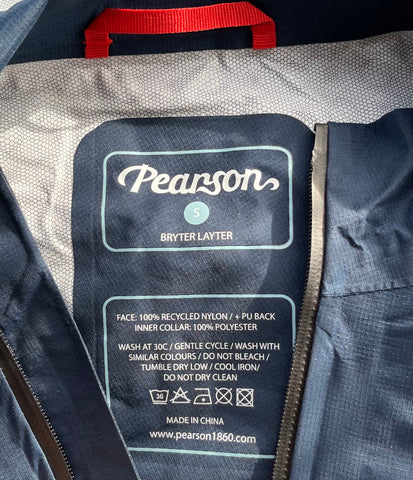
Most waterproof kit needs to be washed on a gentle cycle at 30C. That should remove the majority of dirt and stains from a waterproof cycling jacket. Don’t be tempted to up the temperature as this can damage the seam taping which is usual in a waterproof jacket.
If it’s very dirty, it might be worth giving your jacket a hand rinse or putting it through a rinse cycle in the washing machine first too. A rinse cycle will help make sure that there aren’t residues from your regular laundry detergent left in your machine as well, as these might impact the effectiveness of a specialist wash.
Some brands suggest running an empty rinse cycle before washing your technical gear. If your jacket isn’t too dirty, a rinse might be enough to spruce it up without using a technical wash.
Close all zips, so they don’t abrade the fabric or put strain on your jacket during the wash cycle. Make sure too that any drawcords are pulled into the jacket fabric, so they don’t get stuck in the drum and close any velcro tabs - it’s amazing what they’ll manage to hook themselves to.
Some reflectives can peel off or crack over time too. If your waterproof cycling jacket has stuck on reflective elements, it’s a good idea to wash it inside out or use a wash bag, so that there’s less rubbing against these and less risk of damage.
Be careful when you take your jacket out of the machine too - the pockets and sleeves may have water in them. Give it a shake outside or over a sink.
You usually can’t tumble dry a waterproof, but need to leave it hung up to air dry. Again, dripping might be a problem, so hang it outside or over a bath. Some jackets will cope with a tumble on low heat though, and this might help restore the waterproofing better too.
About DWR coatings
DWR stands for durable water repellent. Many breathable waterproofs for cycling and other outdoor sports will have a DWR coating applied to their outer surface. It’s designed to stop the face fabric wetting out and, at least in theory, should help the breathable membrane work more effectively.
In a shiny new jacket, it will help water bead off the jacket’s surface. But beading doesn’t tend to last long and over time abrasion and dirt will always make the DWR coating less effective. Washing your jacket can help restore the DWR coating’s effectiveness, but our experience here at Pearson is that your jacket’s outer surface will never get back to its factory-finish water repellency.
And older DWR coatings were really nasty. The standard in the outdoor industry used to be C8 fluorocarbons. But their by-products are toxic and slow to break down in the environment and they’re probably bad for your health too. The outdoor industry has largely replaced them with C6 fluorocarbons. These break down a bit quicker than C8 fluorocarbons, but do still hang around.
Even outdoor brands like Patagonia that pride themselves on their environmental credentials are struggling to migrate to an alternative. There’s more about the environmental and health risks of fluorocarbon DWR treatments here.
Nikwax TX Direct and Grangers Clothing Repel are reproofing products that help restore a water repellent surface to your kit. They can be bought in either wash-in or spray-on formats. Unlike many DWR treatments used on a new jacket, they’re environmentally safe. But they will need reapplication fairly frequently, as they tend to wear off your clothing more quickly than a factory applied DWR coating.
Another option you’ll find to avoid DWR coatings is Gore’s Shakedry fabric. It puts the waterproof breathable membrane on the outside face of the jacket. Since the membrane is hydrophobic, it’s water repellent without needing a DWR coating. The thin construction makes Shakedry jackets very lightweight and packable and, as its name says, the fabric doesn’t wet out and will shake dry once the rain stops.
But Shakedry jackets are very expensive - be prepared to shell out well over £200 if you want a waterproof cycling jacket made using the fabric.
Bryter Layter
At Pearson, we are currently using a C6 fluorocarbon DWR coating on the outer surface of the Bryter Layter waterproof jacket, as it’s still the best option to ensure that the jacket does not wet out and stays comfortable in the rain. Like other outdoor brands we’re actively looking for an effective replacement.

Oh, and Bryter Layter is made of 100% recycled nylon too, helping to reduce use of petrochemicals and reduce the quantity of used fabrics ending up in landfill.
A big advantage we cyclists have in the rain over less intense outdoor activities like hiking and climbing is that we’re working harder, so we generate plenty of body heat to keep us warm. Get the under layers right and you’ll stay warm however wet it gets.
In the summer a short sleeved cycling jersey and baselayer might be enough, but in cooler weather a long sleeve baselayer like our Skin In The Game and long sleeve jersey like our The Big Smoke urban merino zip top would fit the bill and should keep you warm on wet rides, even when the temperature gets down to mid single digits.
And once the rain does stop, the airflow as we ride will quickly dry us out. As singer Nick Drake knew, it will always be bryter layter - read our post about how our waterproof jacket got its idiosyncratically spelled name.
View Pearson performance jackets here >
Read why we called a cycling jacket Bryter Layter here >

